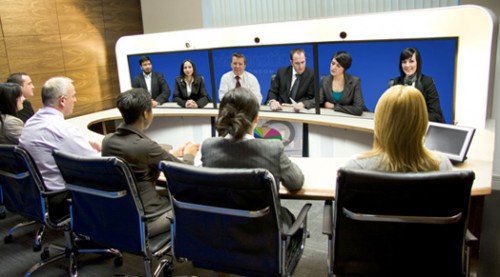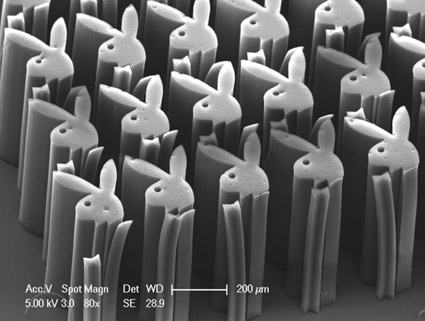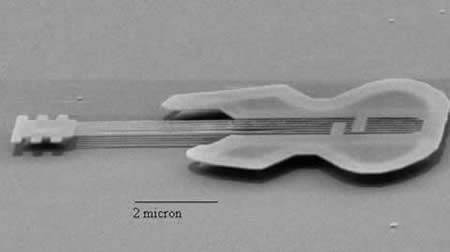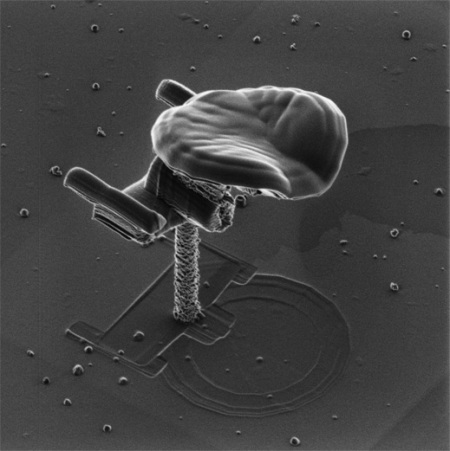Online Conference
Last month I attended a conference with a difference, The INSS annual meeting was held in 5 different cities at the same time, as well as online, in an attempt to cut down on travel for participants. I attended the London site and was one of only 2 people to fly to the event. This is remarkable considering that last year we all met in North Carolina and dozens of people flew internal and trans continental legs.
The physical Conference was held at UNC Charlotte in North Carolina, Oregon State university, Arizona State University, Michigan State University and University College London.
Very much an experiment, the practicalities of conducting a conference over several different time zones posed some issues, with early starts for those on the US West Coast and late finishes for those in Europe. The technology worked incredibly well, with very few glitches over the days’ events. Participants were able to ask questions, follow seminars in any of the sites they chose, and interact with the poster and key note presenters using online media.
The event was run out of North Carolina, and the web management was all taken care of from that site. I must say that I was rather skeptical at the beginning, having lived with Skype developments over the years, but how wrong could I be?
Communication Technology
The communication was taken care of using Adobe Connect, so anyone could participate through their own computer or by visiting any of the sites. We in London lost the last 5 minutes of a discussion after one of the lectures, but for the rest it all worked perfectly.
Now as someone who travels to a lot of these kinds of things I can only marvel at the progress made. Each site shared some seminars and papers, but all had different agendas. The London agenda included a day of field trips, as well as as a panel during which presenters discussed their experiences of building the Engineering Exchange, a university lead action group whose aim is to bridge the gap between communities and planners preparing urban regeneration projects. Read the abstract here.
We also toured some of the capital’s largest redevelopment projects, including a visit to Crossrail, a huge rail link and urban regeneration project that cuts through central London. A guided tour of the Elephant and Castle redevelopment area with the interest group “Social Life” followed, a context of urban regeneration that has caused many locals to question both existing and future plans in that area.
The context was also helped by the involvement of a member of a local interest group that aims to support people whose houses are under threat, and promote the idea of refitting houses to maintain communities, rather than rehousing and rebuilding. There is a lot more to think about in urban regeneration that you might imagine.
The Network
The closing panel was hosted in Charlotte and entitled Social Sustainability Initiatives in Planning and engineering Organization. Full details of all the participating site agendas can be found on the INSS website.
The network is open to all interested in participating, so keep an eye on the website for further information. We volunteer our time, we learn a lot, we try to raise social sustainability issues, and we always have a bit of a social at every event. I must say that the multi-site format was a worthy experiment that worked extremely well, and I think could offer a model for future events. Is the era of the online conference coming to life? Looks like it to me.








